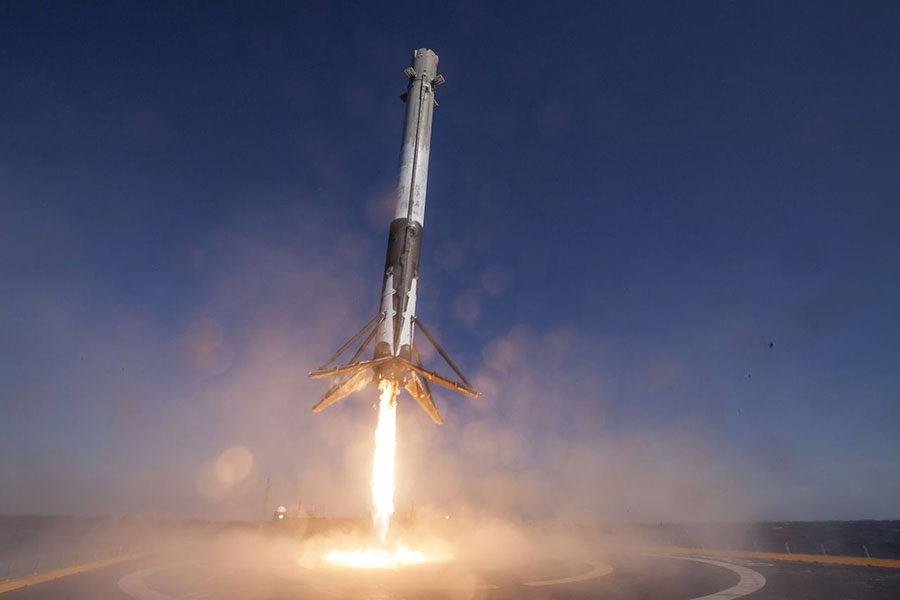Government investigators are raising safety concerns about a potentially dangerous defect with SpaceX Falcon 9’s rocket engines.
SpaceX launched their first mission supplying the International Space Station with cargo in 2012, with earlier versions of the Falcon 9 launching a vehicle that carries a cargo spacecraft called Dragon.

The space company has been planning to obtain certification for human-rated spacecraft to transport NASA astronauts to and from the ISS as part of the Commercial Crew Transportation Capability contract. SpaceX intends to complete testing for a modified Dragon capsule that will be capable of carrying a crew of seven on top of the Falcon 9 system as early as next year. However, a series of setbacks have delayed the manned flights until 2018.
The Government Accountability Office is preparing a report on the Commercial Crew Program scheduled to be released later this month, stated a representative for GAO who spoke with the The Verge.
Officials became aware of a cracking pattern in the rocket’s turbine blades which drive the turbopump that then directs propellants into the rocket’s powering engines. The flaw poses a potentially “unacceptable” risk for people on board, and this might bring even more hurdles for the first launches of the Dragon crewed missions, according to reports from the Wall Street Journal.
NASA is working together with SpaceX on the turbopump problem, and they are believed to have the solution for it, although they are not sure if it would require a switch to bigger turbopumps, said Robert Lightfoot, administrator for the space agency, who spoke with the WSJ.
On behalf of SpaceX, John Taylor commented on the turbine wheel cracks saying that the partnership has made sure their engines are robust enough to withstand cracking of the turbine blades, but they will modify the design to avoid the problem altogether and will qualify the rocket engines for safe spaceflight.
Propellant loading is extremely dangerous
An explosion of a Falcon 9 rocket in a Florida launch pad, following a routine fueling procedure last September, raised warning signs about SpaceX’s operations with propellant. A panel of experts from NASA advised that propellant loading is extremely dangerous and should not be done anywhere near people.
SpaceX believes to have isolated the variables that caused the failure after putting practices on hold for months to conduct an investigation. The company reported that broken carbon fibers of the helium pressure vessel overwrap. Friction inside the rocket’s propellant tank or a mix between the two were probably guilty for creating an ignition source.

SpaceX is aiming to load the Falcon 9 with propellant after astronauts board the Dragon on top of the rocket. The company has reassured the council that they will update their fueling and launching processes to minimize risk for the passengers.
“Any additional controls will be put in place to ensure crew safety, from the moment the astronauts reach the pad, through fueling, launch, and spaceflight, and until they are brought safely home,” the company said in a statement.
SpaceX hopes that design tweaks and other configuration alterations like material temperature will prevent the fueling system to collapse in the future.
Source: The Verge
